Divine provenance: why we should care where an art work comes from
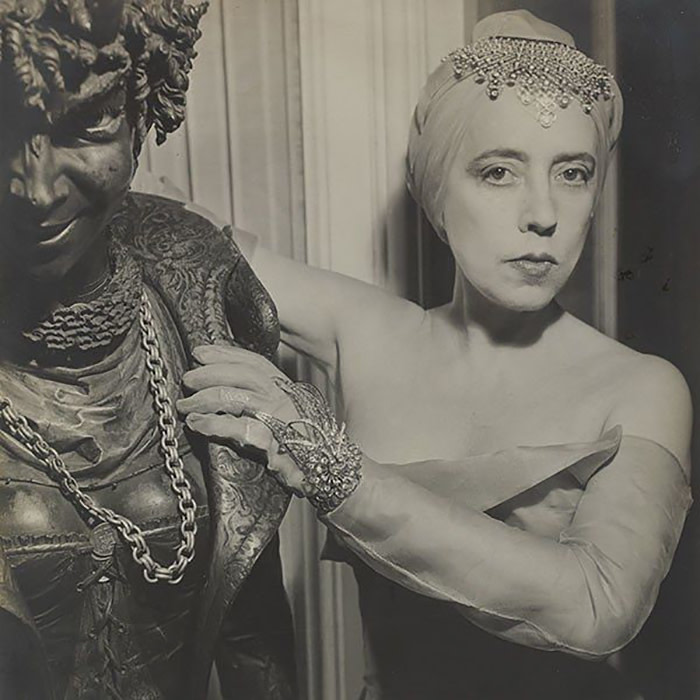
Roula Khalaf, Editor of the FT, selects her favourite stories in this weekly newsletter.
Some objects are valuable only because they belonged to someone famous — think David Beckham’s football boots, Bowie’s record player or just about anything belonging to Napoleon. Others have their value subtly — or not so subtly — enhanced by the person or people who owned them in the past.
When the spectacular jewellery of Elizabeth Taylor came up for auction at Christie’s New York in 2011, for instance, the top lots sold for up to 50 times their auction estimates, with the evening sale alone realising $116m, a world record for a private jewellery collection. Such was the global allure of the Rockefeller name that all 1,500 lots of the Peggy and David Rockefeller collection found new homes at Christie’s New York last year, establishing a new record for any private collection sold at auction. Its $832.5m total almost doubled that set by the Yves Saint Laurent and Pierre Bergé sale at Christie’s Paris in 2009, but here perhaps other forces were at work, too. For Saint Laurent was more than a celebrity and cultural icon. A passionate connoisseur of all kinds of works of art, he was renowned for his impeccable taste and exacting standards — and this kind of endorsement is what bidders were also desperate to buy into.
Those exacting standards involved considerations of quality, condition and rarity but also of provenance: the couturier and his partner, like many great collectors before them, were also not immune to the allure of works of art with an illustrious history. What is clear today is that provenance has become increasingly important in the art market. It is almost impossible to open a catalogue of a major auction or a dealer’s glossy brochure without seeing images of previous owners or the interiors in which the work of art was displayed. The reasons for this are manifold.
First the pragmatic: in the face of growing legislation and institutional guidelines, documenting an object’s past has become necessary in order to prove legal title. This relates to both the spoliation of works of art during the Nazi period, and to legal export from the country of origin. A documented provenance, particularly a commission or first purchase of the object, also offers reassurance that the piece is authentic and its attribution correct. Yet less quantifiable benefits come from knowing an object’s past. For some collectors, a fascinating provenance offers not only glamour or reflected glory but also a link with the past and a means of engaging with it.
“When I started working in this profession in 1998, the phenomenon of provenance was fairly inconsequential,” explains Floris van der Ven of Vanderven Oriental Art. “Now it is of ever-increasing relevance. In the last 10 years, people have become very selective about what they buy . . . A history, especially an association with someone famous, adds to an object’s appeal and value.”
Telling an object’s story and placing it in context, he believes, brings it alive for clients, which is why the gallery’s exhibition and catalogue at this year’s Tefaf Maastricht is Provenance: Tracing the History of Objects. The added value of its star, museum-quality piece — a monumental Chinese blue-and-white triple gourd vase of the Kangxi period (1662-1722, price €400,000) — is an ownership that has been traced back to one of the greatest collectors of all time: the American banker JP Morgan.
According to Lewis Smith, co-director of Koopman Rare Art: “Provenance is almost, but not quite, as important as the object itself.” Dominating this gallery’s stand will be the Shield of Achilles, probably the most spectacular of all 19th-century silver-gilt. It is a piece with exemplary credentials. A design by the Neoclassical sculptor John Flaxman interpreting Homer’s description of the shield made for the classical hero by the god Hephaestus, its technical complexities were so challenging that they took goldsmiths Rundell, Bridge & Rundell almost a decade to resolve. It is, moreover, a perfect expression of the taste, aspirations and financial clout of the crowned heads of Europe.
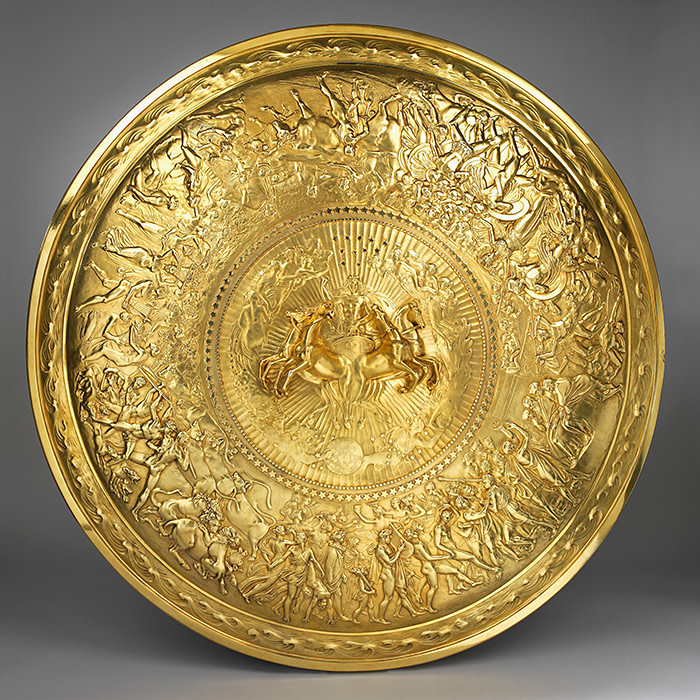
While a first shield was acquired by George IV and served as the centrepiece of the lavish display at his coronation banquet in 1821, this example was purchased by his brother Ernest Augustus, King of Hanover, determined not to be outdone. “People are looking at works of art in a more historical way,” says Smith, adding that a royal provenance such as this adds 20-25 per cent to an object’s value. This price is in excess of £5m.
No less evocative of a particular personality, place and time is “Monsieur and Madame Satan”, the fantastical, life-size carved wooden figures of a faun and faunness that greeted guests at the entrance to the couturier Elsa Schiaparelli’s luxuriant hôtel particulier in Paris. The inventive, witty and flamboyant tastemaker of the interwar years had a penchant for the surreal and the slightly sinister. These extraordinary figures (at Daniel Katz Gallery, €385,000) were spotted, even more extraordinarily, during tweed-sourcing trips to Edinburgh, and minute inscriptions have identified them as the work of the late-19th-century virtuoso Venetian sculptor Francesco Toso. If the Schiaparelli provenance were not enough, this obsessively detailed theatrical pair passed to the designer’s granddaughter, the actress Marisa Berenson.
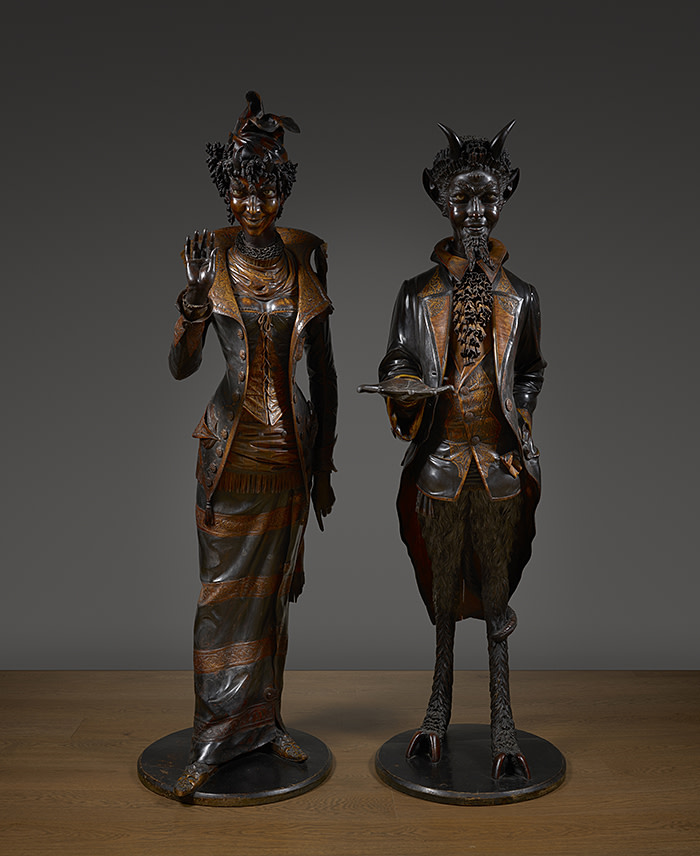
A desirable provenance does not always depend on the fame of a previous owner. While the former custodians of the stock of arms and armour dealers Peter Finer read like the Almanach de Gotha, Roland Finer points out that documented incidents relating to arms resonate just as much with their clients. The gallery offers a cased pair of duelling pistols (over £100,000) that bear the name of the aristocratic owner engraved on the case handle, and a dated receipt that suggests that “Colonel King”, most unusually but significantly, paid for the pistols at the time of collection. Two days later, on October 1 1797, he was to use them in Hyde Park in a failed attempt to satisfy family honour, but the melodrama did not stop there.
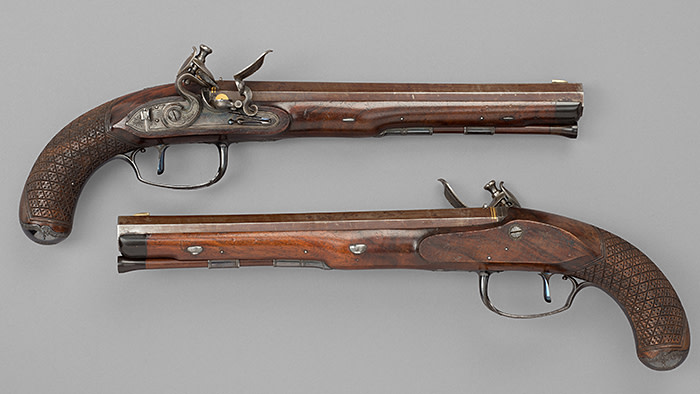
“If a work of art is ugly or unappealing, it does not matter what the provenance is,” insists Martin Levy of Blairman. He offers a rare piece of Anglo-Russian furniture that also happens to be one of the most handsome examples of its kind. This hitherto unpublished “modern gothic” desk with gunmetal mounts (£280,000) was designed by the architect Ippolit Monighetti (1819-78) and, as its label reveals, was a gift from the Grand Duke Vladimir Alexandrovich to Lt Col Arthur Ellis, equerry to the Prince of Wales, “in remembrance of HIH’s visit to England, June 1871”. It has remained in the family ever since.
“A provenance reaching back to the origin of an object not only reassures buyers but it also underpins my confidence in fitting an unusual object into the history of 19th-century design more generally,” adds Levy. Works of art, like second-hand cars, also benefit from having had only one careful owner.
Follow @FTLifeArts on Twitter to find out about our latest stories first. Subscribe to FT Life on YouTube for the latest FT Weekend videos
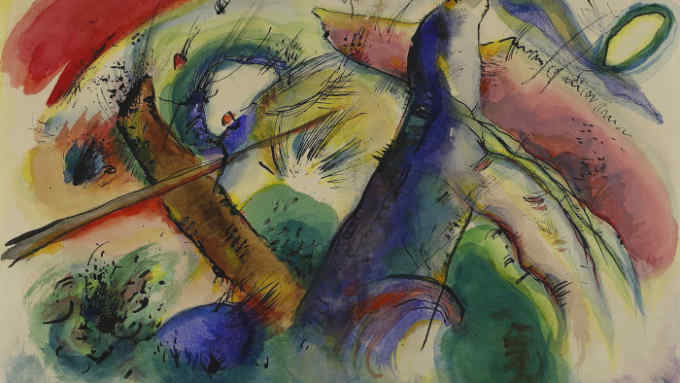
Comments